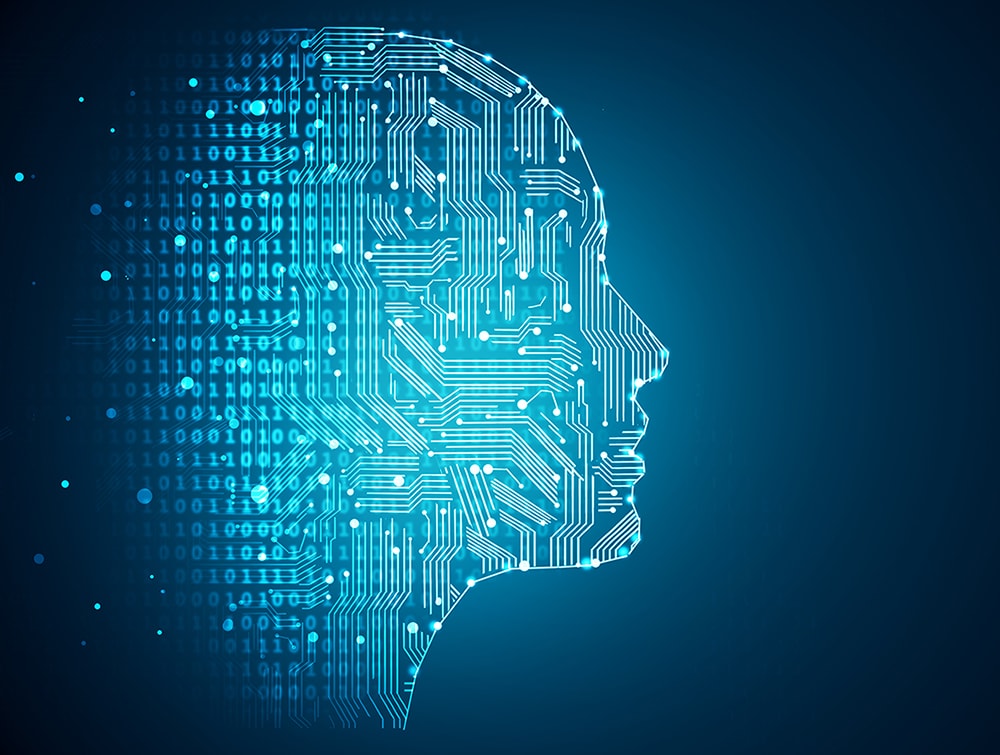Artificial Intelligence (AI)-powered Language Translation Services: A Revolution in the Making
In recent years, artificial intelligence (AI) has made significant progress in the field of language translation. Once considered a daunting task, machine translation is now becoming increasingly accurate and efficient, thanks to the development of new AI models and techniques. As a result, AI-powered language translation services are now available to businesses and individuals of all sizes, providing them with a powerful tool for communicating with people from other cultures and countries.

This article will provide an overview of AI-powered language translation services, discussing their benefits and limitations. We will also explore the different types of AI models that are used for machine translation, and the factors that affect the accuracy of translation results. Finally, we will look at some of the challenges that still need to be overcome before AI-powered language translation can become truly ubiquitous.
What are AI-powered language translation services?
AI-powered language translation services use artificial intelligence to translate text from one language to another. These services are typically offered as online tools or mobile apps, and they can be used to translate text in a variety of formats, including web pages, documents, and emails.

AI-powered language translation services are often more accurate than traditional machine translation services, which rely on pre-defined rules and dictionaries. This is because AI models can learn from data and adapt their translations to the specific context of the text. As a result, AI-powered language translation services can produce more natural-sounding translations that are more likely to be understood by the intended audience.
Benefits of AI-powered language translation services
There are a number of benefits to using AI-powered language translation services, including:

- Accuracy: AI-powered language translation services are often more accurate than traditional machine translation services, resulting in translations that are more natural-sounding and easier to understand.
- Speed: AI-powered language translation services can translate text quickly, making them a valuable tool for businesses and individuals who need to communicate with people from other cultures and countries.
- Accessibility: AI-powered language translation services are typically available online or as mobile apps, making them accessible to businesses and individuals of all sizes.
- Cost-effectiveness: AI-powered language translation services are often more cost-effective than hiring a human translator.
Limitations of AI-powered language translation services
While AI-powered language translation services offer a number of benefits, there are also some limitations to consider. These limitations include:
- Context: AI models can be trained on large datasets of text, but they do not have the same understanding of the world as humans do. This means that AI-powered language translation services can sometimes produce translations that are inaccurate or unnatural in certain contexts.
- Rare words: AI models can struggle to translate words that are rare or specific to a particular domain. This can be a problem for businesses and individuals who need to translate technical or specialized text.
- Cultural references: AI models can also struggle to translate cultural references that are specific to a particular language or culture. This can lead to translations that are inaccurate or confusing.
Different types of AI models for machine translation
There are a number of different types of AI models that can be used for machine translation. These models vary in their complexity and accuracy, and they are typically trained on different types of data.

- Rule-based models: Rule-based models are the simplest type of machine translation models. They rely on a set of pre-defined rules to translate text from one language to another. While these models are relatively easy to develop, they are also often inaccurate, especially when translating complex or idiomatic text.
- Statistical models: Statistical models are more sophisticated than rule-based models. They use statistical techniques to learn the relationship between words in different languages. This allows them to produce more accurate translations, but they can still struggle with certain types of text, such as technical or specialized language.
- Neural network models: Neural network models are the most advanced type of machine translation models. They use artificial neural networks to learn the relationship between words in different languages. This allows them to produce very accurate translations, even of complex or idiomatic text.
Factors that affect the accuracy of translation results
The accuracy of AI-powered language translation services can vary depending on a number of factors, including:
.jpg)

- The type of AI model: The type of AI model used for translation can have a significant impact on the accuracy of the results. Rule-based models are typically less accurate than statistical models or neural network models.
- The size of the training dataset: The size of the training dataset used to train the AI model can also affect the accuracy of the results. Larger datasets typically produce more accurate translations.
- The domain of the text: The domain of the text being translated can also affect the accuracy of the
Post a Comment